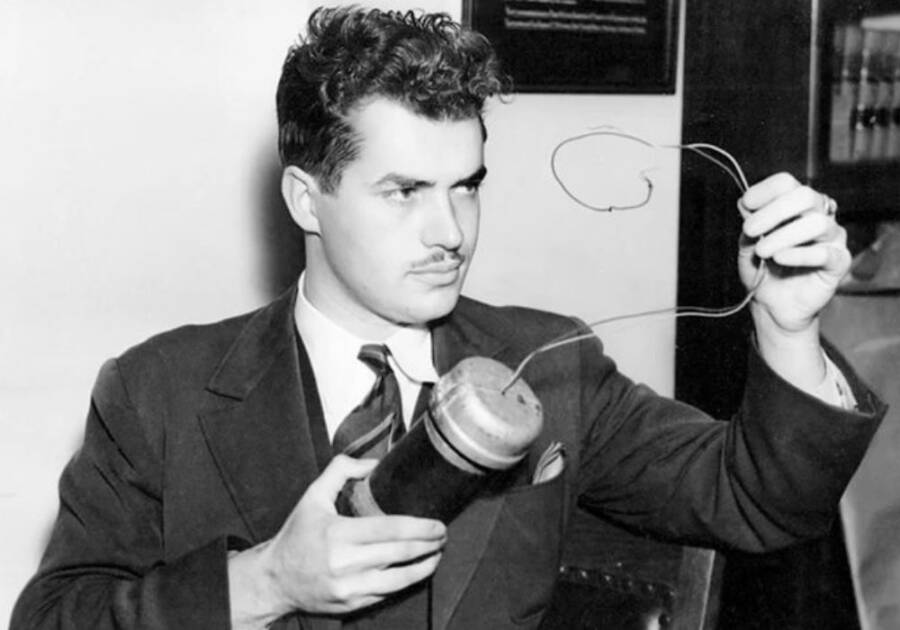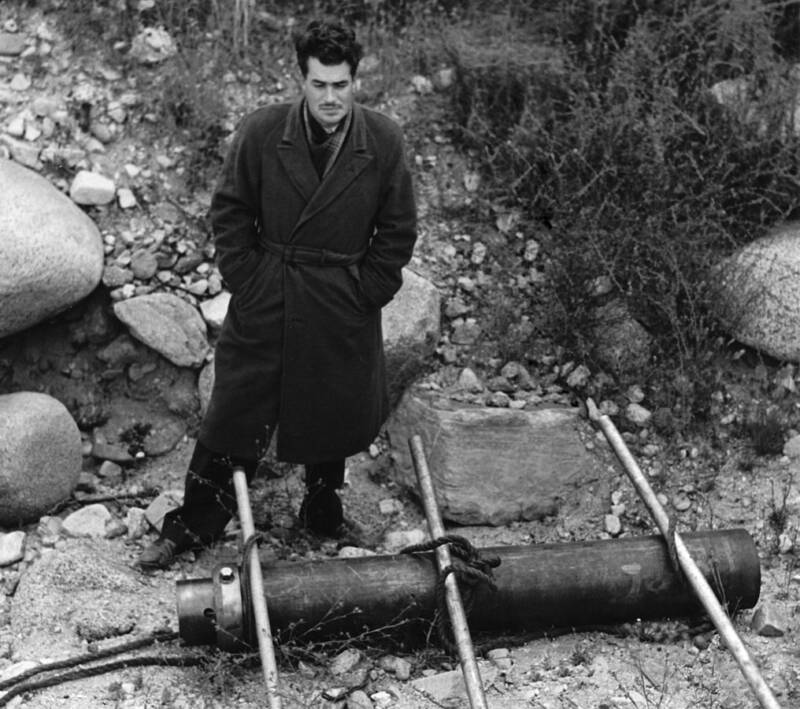Jack Parsons, The Occultist Who Was Also A Rocket Scientist
Jack Parsons is an often forgotten figure of American history, but his contributions to science — particularly space travel — should not be overlooked. It’s thanks to him and his team of colleagues, dubbed the “Suicide Squad,” that NASA’s Jet Propulsion Laboratory came to fruition.

Public DomainJack Parsons, the rocket scientist who was a devout follower of Aleister Crowley.
As a boy, Parsons loved reading science fiction. So did his friend, Ed Forman, who would later join Parsons in his rocket escapades. Due to the Great Depression, Parsons was forced to drop out of college for financial reasons, but that didn’t stop the young man’s growing interest in rocket science.
He and Forman began conducting experiments with gunpowder-based rockets in Parsons’ backyard. It soon became clear that Parsons was particularly skilled at creating rocket fuel.
Along with mathematician and mechanical engineer Frank Malina, they created the “Suicide Squad” — officially the GALCIT Rocket Research Group. GALCIT would go on to become the Jet Propulsion Laboratory in 1943. But that’s not the only reason Parsons’ life was notable.
Jack Parsons was also an occultist, and specifically a follower of Thelema, the religious movement started by Aleister Crowley. He joined the Ordo Templi Orientis, a secret society organized around Thelemic philosophy. And by 1942, he was a branch leader who communicated directly with Crowley and helped spread Thelema in North America.

NASA/JPLJack Parsons oversees an experiment at the Jet Propulsion Laboratory test site outside of Los Angeles.
The U.S. government wasn’t pleased with Parsons’ involvement in occultism, particularly accusations that he hosted orgies with his “black magic cult.” He was essentially expelled from the Jet Propulsion Laboratory in 1944 — which caused him to dive even deeper into the occult.
He also developed an acquaintance with L. Ron Hubbard, the founder of Scientology. They allegedly tried to summon a demon together before Hubbard ran away with Parsons’ life savings. The Church of Scientology denied these claims, stating instead that Hubbard befriended Parsons as part of a secret mission to “[break] up black magic in America.”
Parsons’ life came to a dramatic end in 1952 when, while experimenting with pyrotechnic effects for an upcoming film project, he was killed by an explosion in his home laboratory. His death was ruled an accident, but conspiracy theorists quickly concluded that the government wanted Parsons — and his occultism — gone for good.





